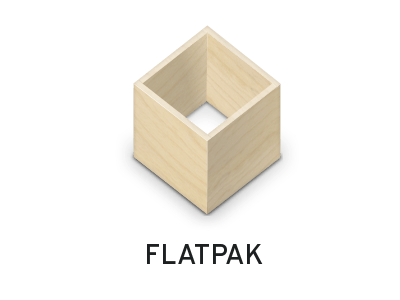How To Install Flatpak on Fedora 37

In this tutorial, we will show you how to install Flatpak on Fedora 37. For those of you who didn’t know, Flatpak is a technology that allows you to install and run applications on Linux-based operating systems, whereas Flathub is a growing collection of apps that can be easily installed on any Linux distribution. It’s similar to the Snap package manager, but it has some key differences.
This article assumes you have at least basic knowledge of Linux, know how to use the shell, and most importantly, you host your site on your own VPS. The installation is quite simple and assumes you are running in the root account, if not you may need to add ‘sudo‘ to the commands to get root privileges. I will show you the step-by-step installation of the Flatpak on a Fedora 37.
Prerequisites
- A server running one of the following operating systems: Fedora 37.
- It’s recommended that you use a fresh OS install to prevent any potential issues.
- SSH access to the server (or just open Terminal if you’re on a desktop).
- A
non-root sudo useror access to theroot user. We recommend acting as anon-root sudo user, however, as you can harm your system if you’re not careful when acting as the root.
Install Flatpak on Fedora 37
Step 1. Before proceeding, update your Fedora operating system to make sure all existing packages are up to date. Use this command to update the server packages:
sudo dnf upgrade sudo dnf update
Step 2. Installing Flatpak on Fedora 37.
By default, the Flatpak package doesn’t come in the default repository of Fedora 37. Now run the following command below to install the flatpack/Flathub package to your Fedora system:
sudo dnf install flatpak
Next, you’ll need the Flathub repository to install some packages. For those of you who didn’t know, Flathub is the largest and most popular Flatpak repository. Most of the time when you want something through Flatpak, it’s going to come from Flathub. For that use the command, given below:
flatpak remote-add --if-not-exists flathub https://flathub.org/repo/flathub.flatpakrepo
Step 3. Using the Flatpak.
Once successfully installed, you can now search for and install applications using the flatpak command. For example, to search for the VIM editor, you can run the following command:
flatpak search vim
This will show you a list of available GIMP packages that you can install. To install the VIM package, you can run the following command below:
flatpak install flathub org.gimp.GIMP
Finally, you can launch the GIMP application by running the following command:
flatpak run org.vim.Vim
Alternatively, you can find the desktop icon in your applications menu and click it to run the application. Find the full name of the installed Flatpak by typing the following command in a terminal:
flatpak list
Congratulations! You have successfully installed Flatpak. Thanks for using this tutorial for installing Flatpak on your Fedora 37 system. For additional help or useful information, we recommend you check the official Flatpak website.